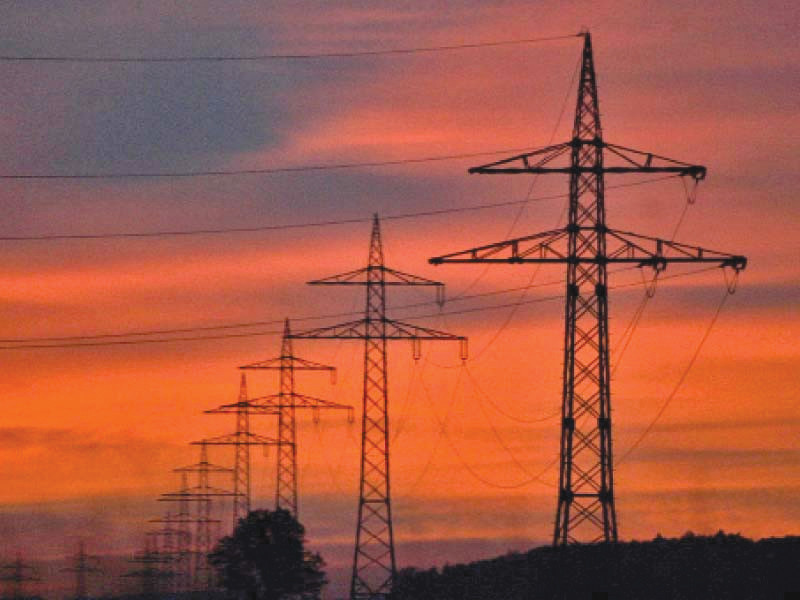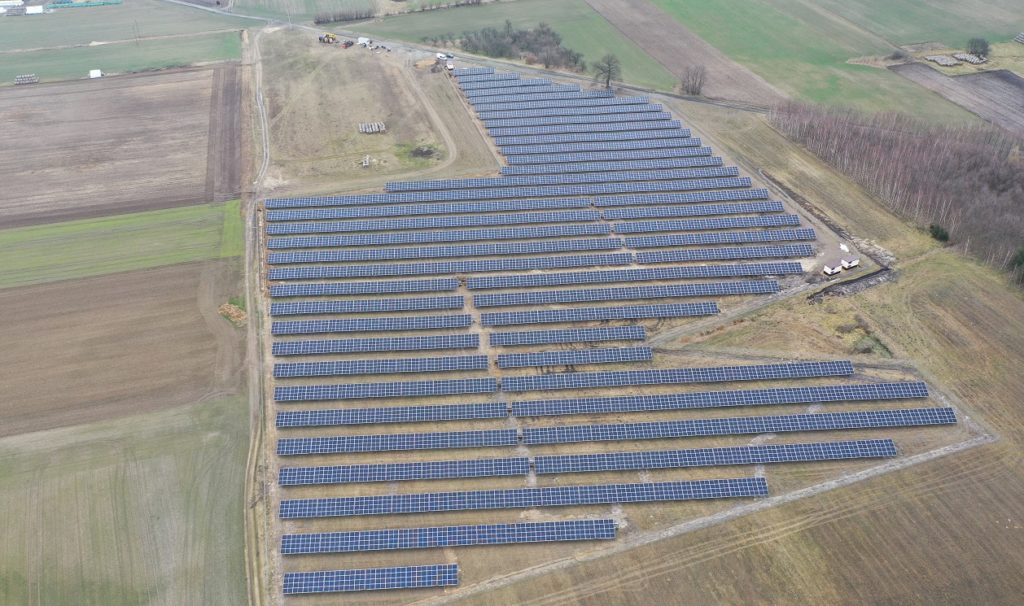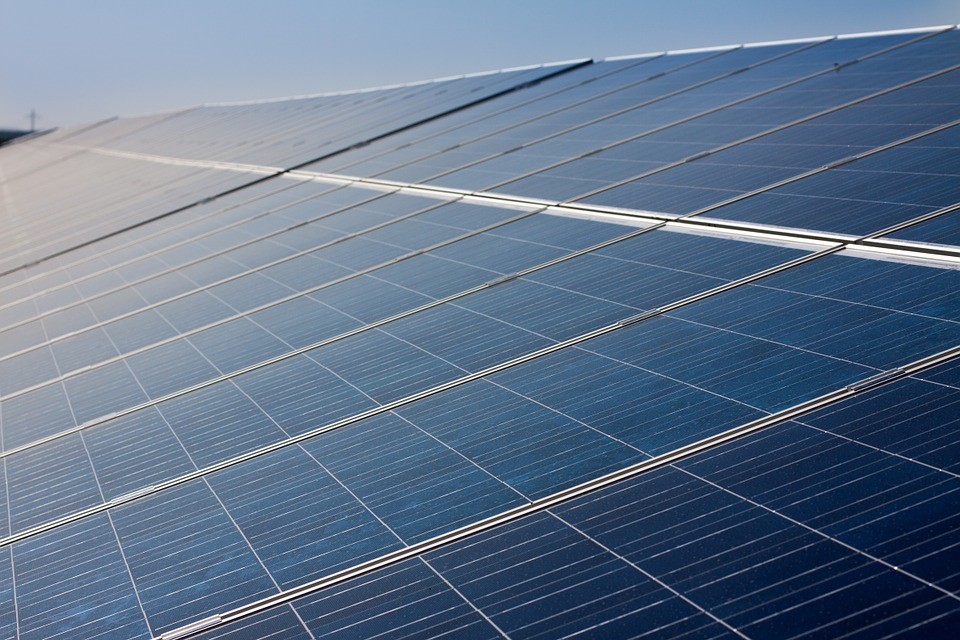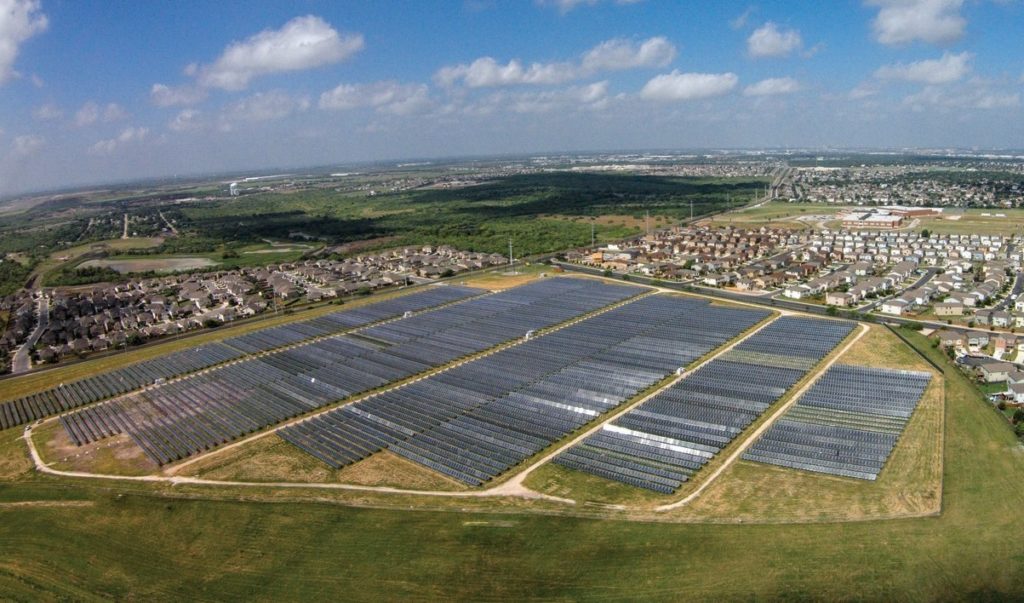January 2024 Witnesses a Drop in Power Generation
In January 2024, Pakistan experienced a 2.4% decline in power generation, reaching 8,314 Gigawatt hours (GWh). The decrease was attributed to low demand during the winter month.
Surprising Fuel Cost Surge Hits 23%
Despite reduced demand, the fuel component in overall production unexpectedly surged by 23%, reaching Rs13.79 per unit. This surge resulted from an increased reliance on expensive fuels like imported gas, furnace oil, and diesel.
According to data from Arif Habib Limited, electricity generation dropped from 8,515 GWh in January 2023 to 8,314 GWh in the same month of 2024.
Shift in Power Sources and Impact on Costs
Pakistan increased generation from expensive fuel-run power plants, compensating for the decline in low-cost powerhouses, including nuclear plants and local coal-fired and gas-run plants.
Impact on Tariffs and End-Consumers
The decline in production led to higher capacity charges, impacting power tariffs for end-consumers. Higher availability of expensive imported LNG further contributed to increased power tariffs. Samiullah Tariq, Pak-Kuwait Investment Company’s Head of Research, highlighted that the decline in production increases capacity payments, making power tariffs more expensive.
The research revealed cost increases across various fuel sources, including a 22.33% surge in furnace oil costs, a 28% rise in imported power costs, and a significant 43.3% increase in local gas costs. In this challenging backdrop, the government had to boost production from expensive options like furnace oil and diesel, affecting the overall energy landscape in Pakistan.
Source:tribune.com.pk





